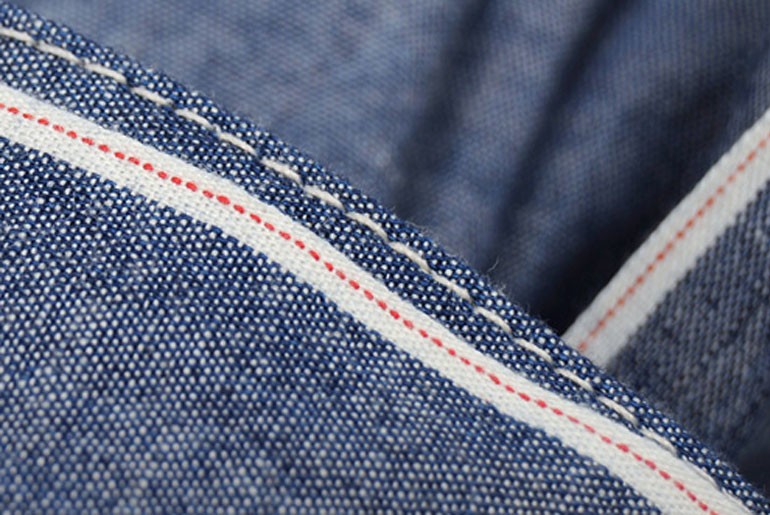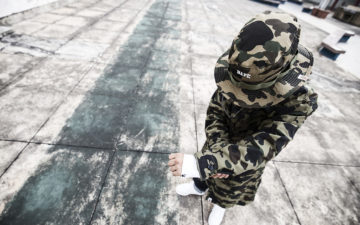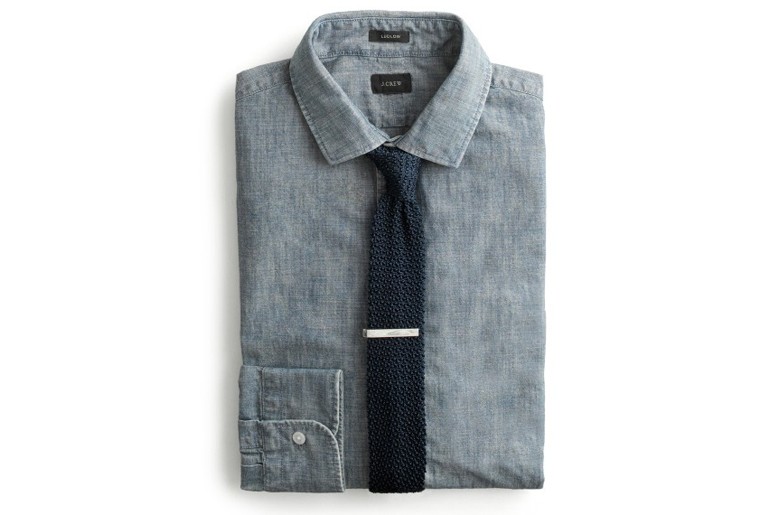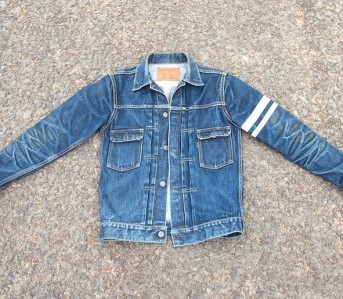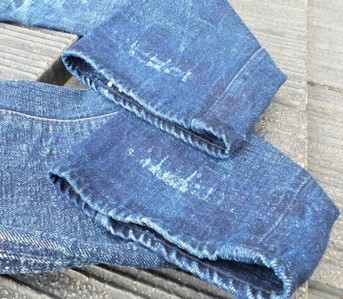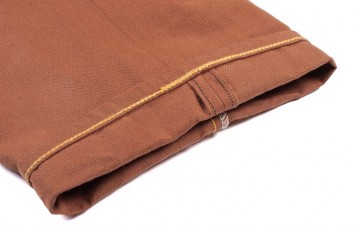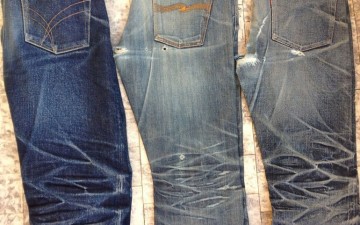It’s no secret that chambray has exploded in popularity in recent years. Retailers ranging from Left Field NYC to J.Crew have all reached in for their piece of the action, to the point where the fabric is ubiquitous enough for the everyday consumer.
There’s a reason for that popularity–chambray offers the unique texture and appearance of denim, but without much of the heft. Denim shirts are great and can produce some interesting fades, but we’re not all out here trying to sweat uncontrollably during the summer months.
Chambray, perhaps unsurprisingly, has a storied and century-old history. Ever wondered where the term “blue collar” came from?
The History of Chambray
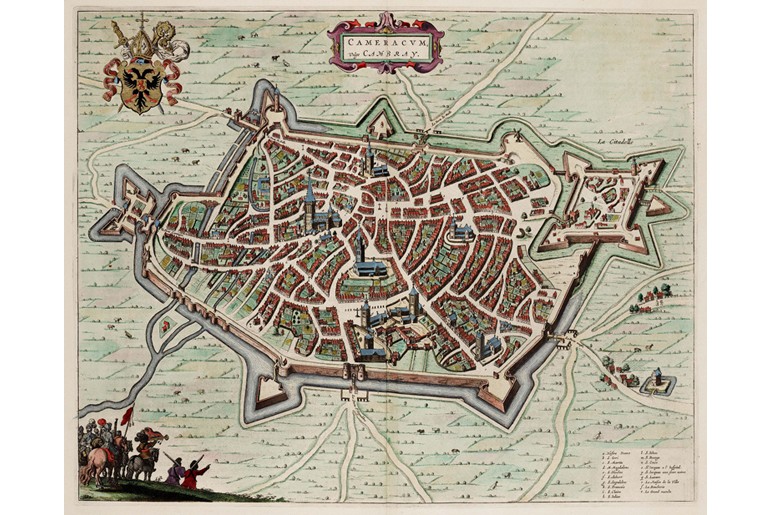
The French town of Cambrai
Chambray’s history begins in the mid-1500s, as it originally found roots in the cambric fabric. Cambric is a lightweight plain weave fabric, at the time made of linen. The cloth was originally made in Cambrai, a formerly-Flemish region in northern France. A high-quality cloth, cambric was often used for shirting, handkerchiefs, and for intricate pieces like lace and needlework. The term cambric is synonymous with “batiste,” a term that also originated around the same time period.
Chambray stemmed off from this plain weave fabric, and the English spelling of the term first became widely known in the early 1800’s. It was formally endorsed in places like the 1831 US Farmer’s Bulletin:
For outdoor work in mild weather, choose a material such as chambray, which is durable, firm enough to prevent sunburn, yet lightweight enough admit air and be fairly cool.
The fabric made its way into widespread American use in 1901, when the U.S. Navy first authorized the use of denim and chambray. From then on through World War II, it was commonplace to see sailors wearing chambray shirts and denim trousers. Workers all over the U.S. quickly adopted the shirting fabric, giving birth to the widespread term “blue collar.”
The Structure of Chambray
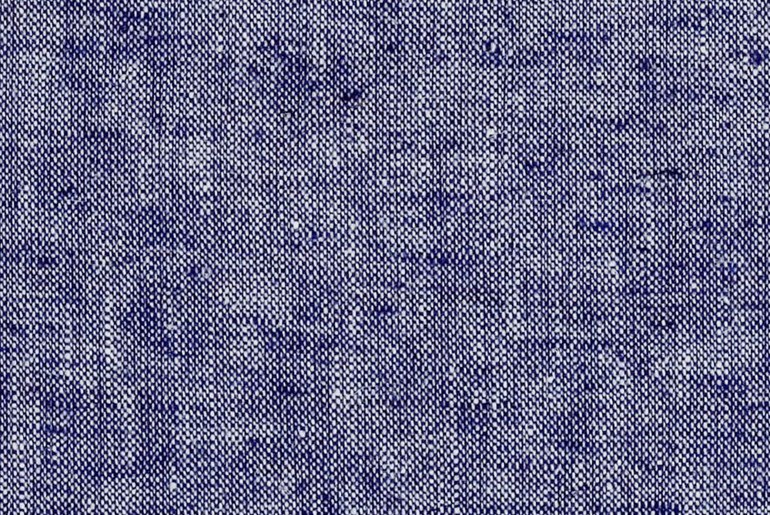
If you’ve ever taken a close look at chambray fabric, then you know that it has a signature pattern that gives it an almost heathered appearance. This comes from a colored warp (usually blue) and a white weft in a 1×1 plain weave. The white threads running over the colored threads give the fabric a certain depth, all while maintaining a lighter weight.
Of course, chambray can be woven in different densities, much like denim. Finely made lightweight chambray dress shirts are now more commonplace than they ever were. However, heavier chambray workshirts will always be a hit with people who like a little more heft to their clothing.
How Chambray is Used Today
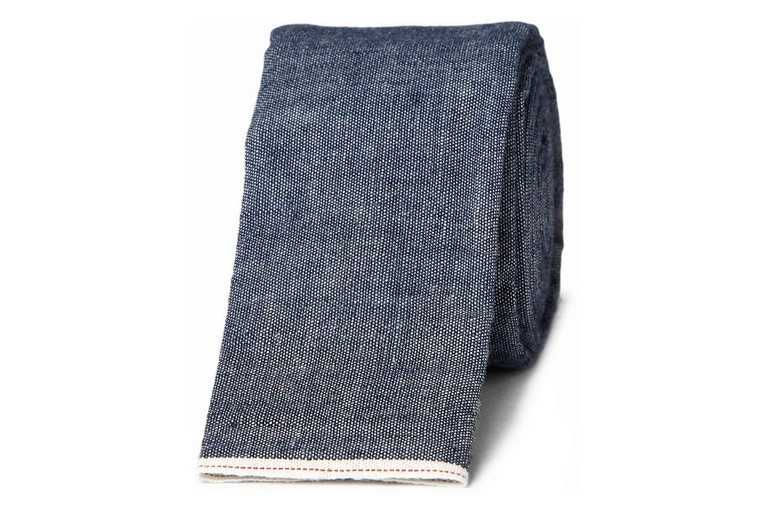
The Hill-Side Selvedge Chambray Tie
Chambray is so popular these days that even the “everyman” mall shopper wouldn’t balk at the thought of buying a shirt made from the fabric…even if they mistakenly call it “denim.”
Brands like Bonobos make chambray dress shirts, Momotaro make chambray workshirts, Unbranded and The Hill-Side even makes ties out of the fabric. These products don’t only come in the traditional blue, but also a fairly popular red and other shades. It’s safe to say that the storied fabric won’t be going away anytime soon.
